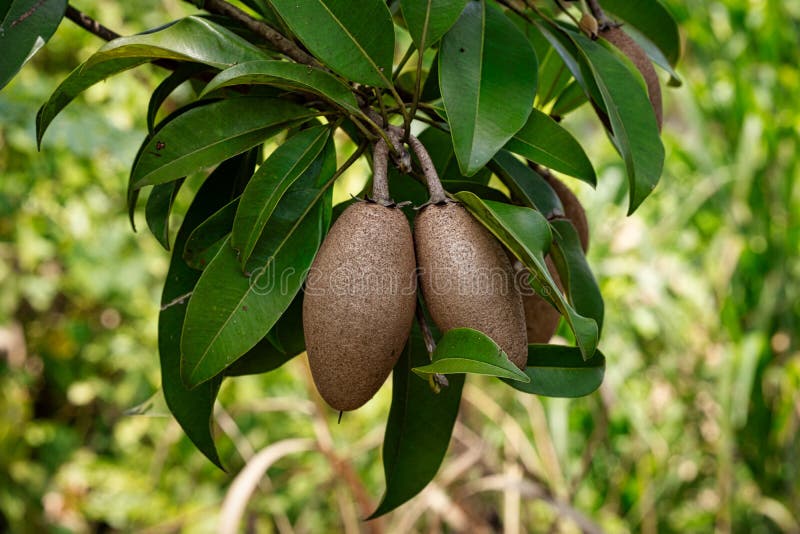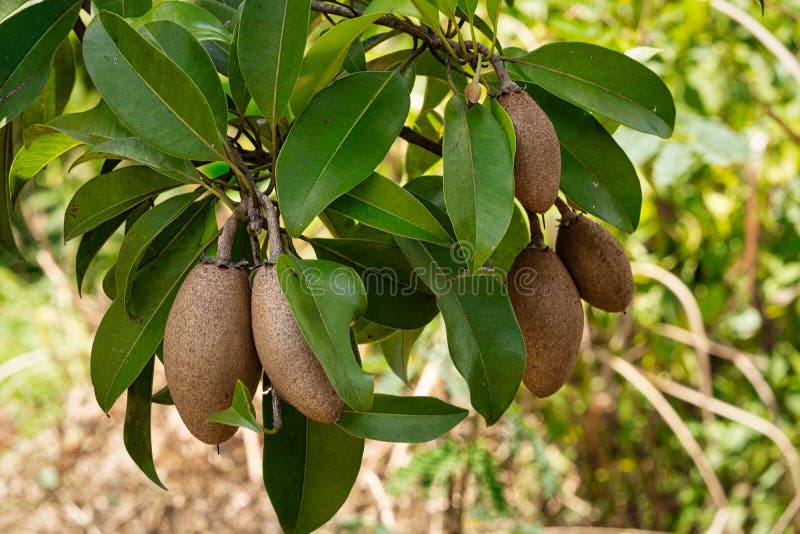20+ Fruit Type Of Sapota Plants
The fruit is delicious eaten fresh or used as a chocolate. Not surprisingly this is one of our most popular fruits and if you like Chocolate youll love Black Sapote.

Os 12 Beneficios Da Pitomba Para Saude Dicasdesaude Saudedica Pitomba Beneficiospitomba Beneficiopitomba Co Fruit World Fruit Trees Fruit Bearing Trees
The latex is used as a base material in chewing gum and in various industrial products.

20+ fruit type of sapota plants. Start Bearing Fruits. 1012 Inches Harvesting Period. Sapota can grow in both arid and humid environments.
For Sapota farming well-prepared land is required and to bring the soil to a fine tilth plowing is done 2-3 times followed by leveling. Sapodilla gro ws up to 20-60 feet. Sapota is native to Central America but its unique appeal carried it centuries ago to Southeast Asia where it has undergone a wonderful transformationThe Maya described it as dainty fragrant and well tasting - a delicate fruit indeed.
Trim off broken roots and set the vine into the hole slightly deeper than it grew in the nursery. Tropical fruits such as acai Euterpe oleracea acerola Malpighia punicifolia breadfruit Artocarpus altilis cempedak Ar. The important and widely adopted Sapota varieties are Kali Patli and Cricket Ball.
Black sapote Diospyros nigra also known as chocolate pudding fruit is a member of the family Ebenaceae and is found throughout the Caribbean and Central America. In the wilderness the tree can reach up to 100 feet 30 m high. Unripe Sapota fruit is very hard and gummy.
Commonly known as Chocolate Pudding Fruit this amazing fruit is low in fat and an excellent source of Vitamin C containing about 4 times as much as an orange. Fill with 4 inches of topsoil. The other varieties are pili patti Bangalore Baramati Dwarapudi etc.
Several other Latin American fruits are also referred to as sapotes. Sapodilla fruit drop is not a common problem with the trees if they are healthy. Being one of the leading Manufacturers Exporters and Suppliers in the industry we offer the Sapota Plants at the market leading prices.
In India sapota is popularly known as chiku and cultivated for fruits that are liked all over the country. Natural To taste the sweet chiku grown in your very own garden cultivate our exquisite Sapota Plants. If the water stops in the pot it can cause rotting roots in your sapodilla plant.
The flesh is yellow to brown or reddish-brown with a sweet malty flavor and often containing anywhere from three to 12 black flattened seeds. Get best price and read about company. Sapodilla is also known as sapota chikoo naseberry or nispero.
June - July Life Span. Devku Nursery - Offering Sapota Plant Sapota Fruit Plant चक क पध चक पलट in Sabarkantha Gujarat. Sapodilla plants prefer rich and well-drained soil.
White sapote or casimiroa Casimiroa edulis ranges from Mexico to Costa Rica and is in the Rutaceae family. Sapodilla is delicious to eat out of hand and can also be made into a great dessert sauce or mousse. 20-30 Year Fruit Size.
One Sapota fruit can yield 2 to 5 seeds. Jai Krishak Agriplant Private Limited - Offering chiku Black Leaves Sapota Plant For Fruits at Rs 60plant in Jabalpur Madhya Pradesh. Get latest info on Chiku Plant Sapota Fruit Plant suppliers manufacturers wholesalers traders wholesale suppliers with Chiku Plant prices for buying.
Temperature range of 10-38C and annual rainfall between 1250-2500 mm is suitable for sapota cultivation where it flowers and fruits throughout the year. Fruit The sapodilla M. Get contact details and address ID.
Find here details of companies selling Chiku Plant for your purchase requirements. 30-50 Gm Type. Sapota is a tropical fruit which likes warm and humid 70 RH climate.
In summer the Sapota plant can live up to 6 to 7 days without water and in winter water it in 20 to 25 days. It grows well up to an altitude of 1 000m however coastal climate is ideal for sapota farming. Space vines 6 to 10 feet apart 16 feet for Muscatines For each vine dig a planting hole 12 inches deep and 12 inches wide.
For this use a large size pot at least 18-24 inches in diameter and 20 inches deep. 3rd Year Density. The fruit actually a large ellipsoid berry is round to oval and about 2-4 inches 5-10 cm across with a brown grainy skin.
The tree is primarily cultivated in India Pakistan Thailand Malaysia Bangladesh and Vietnam. Cover the roots with 6 inches of soil and tamp down. It is a slow-growing and long-living evergreen tree from Mexico Yucatan Peninsula and Central America.
When the fruit is ripe then it becomes soft and its seeds are black and shiny. Get contact details and address. Sapota plant is a native to tropical America and is mainly grown for its Latex.
Integer cherimoya Annona cherimola coconut Cocos nucifera date Phoenix dactylifera dragon fruitpitaya Hylocereus spp durian Durio zibethinus duku langsat duku langsat and dokong Lansium domesticum morphologically these four fruits are almost identical and have. Prepare a mixture of soil sand and perlite for the pot which can cause proportional drainage because its roots do not like wet.

Sapodilla Trees For Sale Fastgrowingtrees Com Fruit Fruit Trees Fast Growing Trees

679 Sapodilla Tree Photos Free Royalty Free Stock Photos From Dreamstime

Sapodilla A Caramel Like Flavored Fruit Imagens De Frutas Frutas Tropicais Frutas Exoticas

Pin On Magnet Plants

Manfaat Buah Sawo Fruit Picture Fruit Sapote

Pin On Wachse

Pin By Carolyne Wilhelm On Amazing Sapote Black Sapote Chocolate Pudding Fruit

Pin On Reminders Of Hong Kong

Sapodilla Tree Manilkara Zapota Packet Of 3 Seeds Palm Etsy Tree Seeds Fruit Plants Sapote

679 Sapodilla Tree Photos Free Royalty Free Stock Photos From Dreamstime

Pin On Odd Fruits Veggies

Canistel Sapote Fruit Plants Fruit Garden

Pin On Weird Fruits

Pin On Frutas Que Amo

679 Sapodilla Tree Photos Free Royalty Free Stock Photos From Dreamstime

Pin On Garden

Manilkara Zapota Seeds Sapodilla Achras Sapota Sawo Seeds Fruit Seeds Tropical